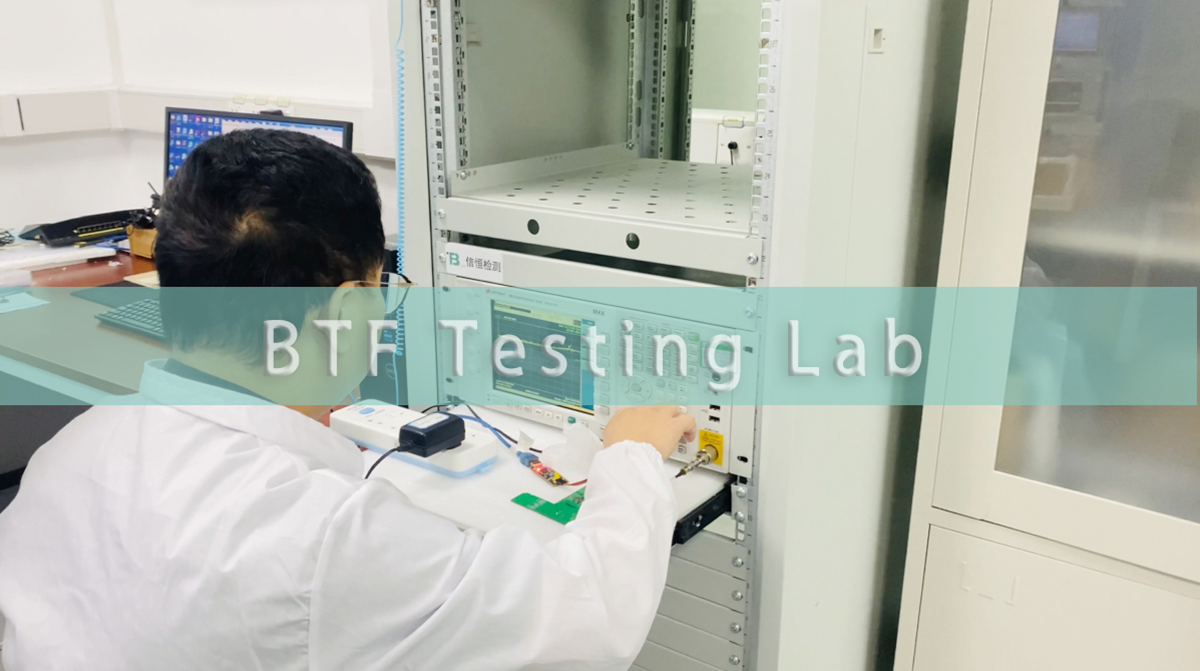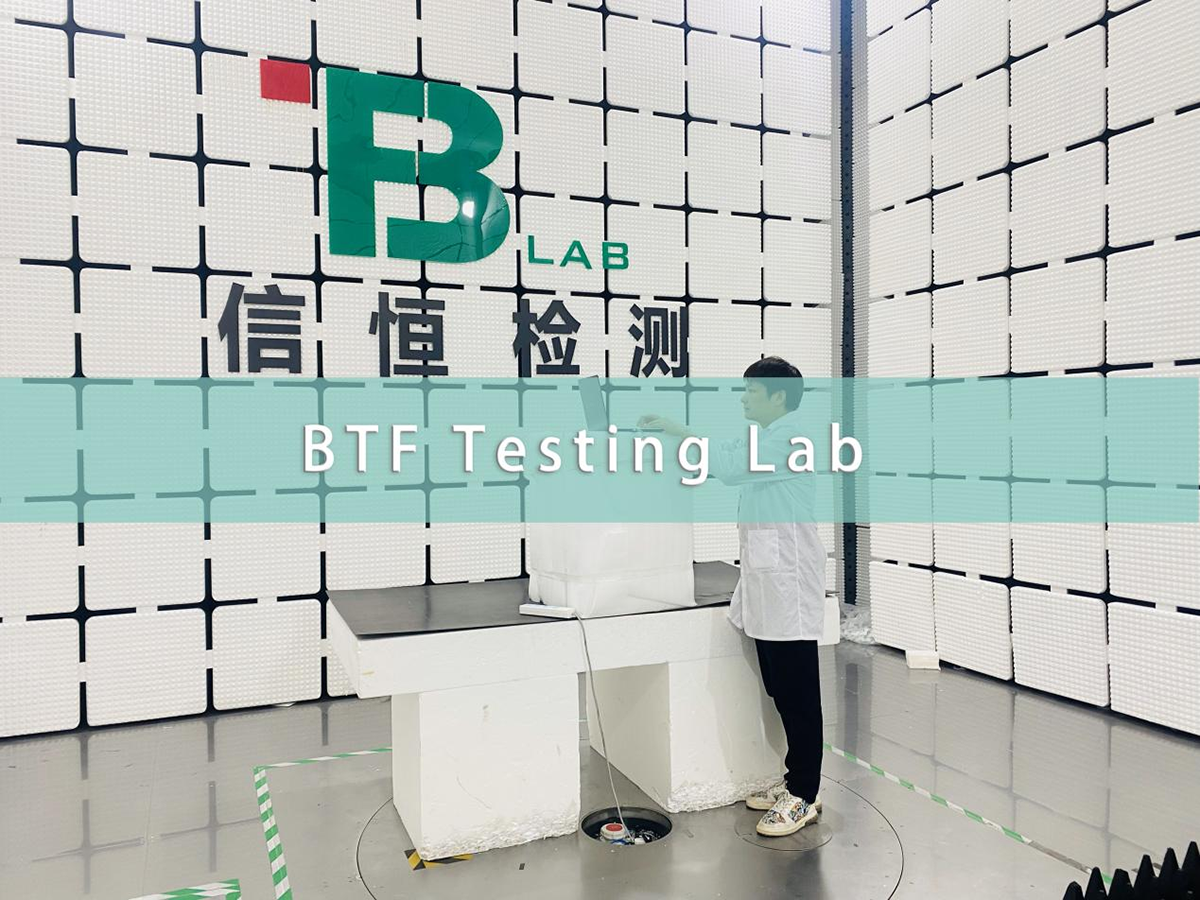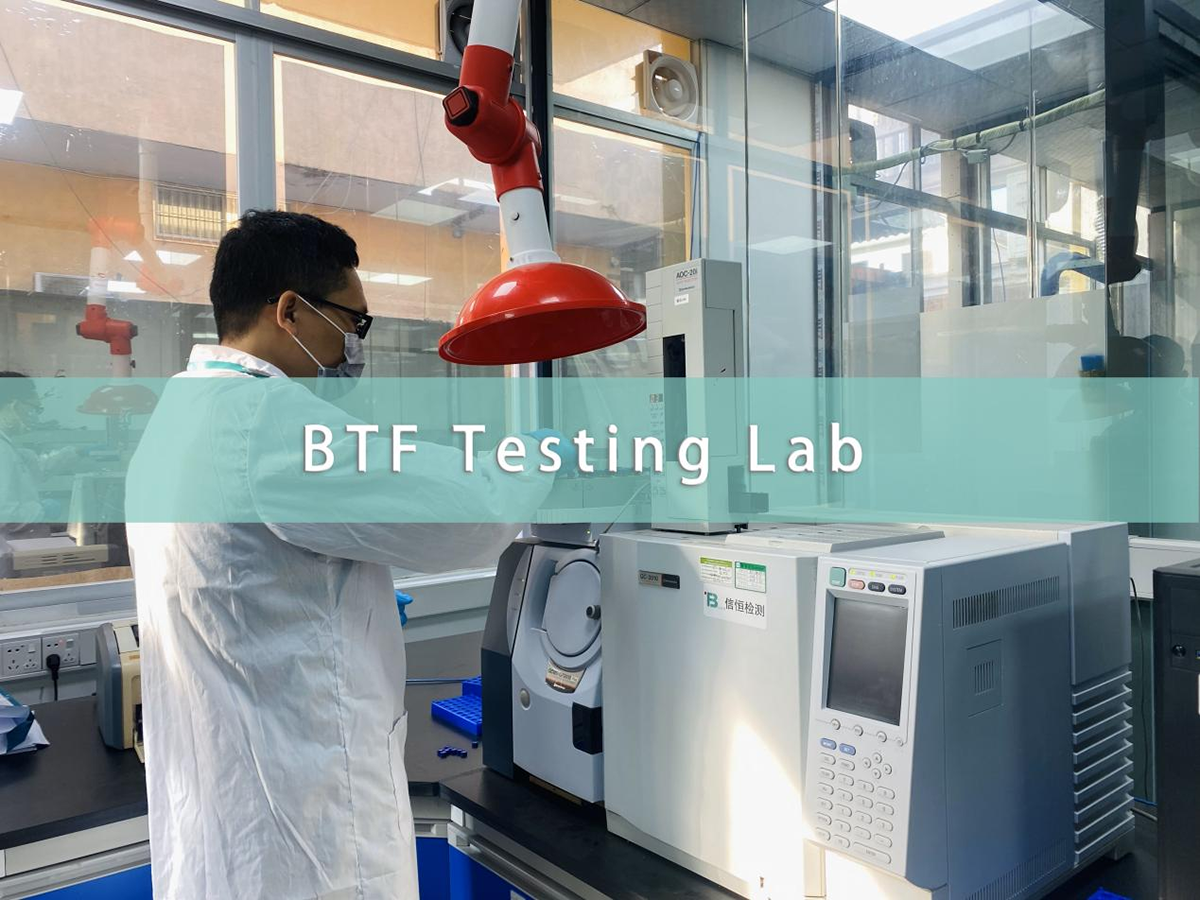To understand the product scope of CE certification, it is first necessary to understand the specific instructions included in CE certification. This involves an important concept: "Directive", which refers to technical regulations that establish the basic safety requirements and pathways for products. Each instruction is specific to a specific product category, so understanding the meaning of the instruction can help us understand the specific product scope of CE certification. The main directives for CE certification include the following:
LVD Directive
1. Low voltage command (LVD); Low voltage directive;2014/35/EU)
The goal of LVD low-voltage instructions is to ensure the safety of low-voltage equipment during use. The scope of application of the directive is to use electrical products with voltages ranging from 50V to 1000V AC and 75V to 1500V DC. This directive includes all safety regulations for this equipment, including protection against hazards caused by mechanical reasons. The design and structure of the equipment should ensure that there is no danger when used under normal working conditions or fault conditions according to its intended purpose.
Description: Mainly aimed at electronic and electrical products with AC 50V-1000V and DC 75V-1500V
2. Electromagnetic Compatibility Directive (EMC); Electromagnetic compatibility;2014/30/EU)
Electromagnetic compatibility (EMC) refers to the ability of a device or system to operate in its electromagnetic environment in compliance with requirements without causing intolerable electromagnetic interference to any device in its environment. Therefore, EMC includes two requirements: on the one hand, it means that the electromagnetic interference generated by the equipment to the environment during normal operation cannot exceed a certain limit; On the other hand, it refers to the equipment having a certain degree of immunity to electromagnetic interference present in the environment, that is, electromagnetic sensitivity.
Explanation: Mainly targeting electronic and electrical products with built-in circuit boards that can generate electromagnetic interference

RED Directive
3. Mechanical Instructions (MD; Machinery Directive;2006/42/EC)
The machinery described in the mechanical instructions includes a single unit of machinery, a group of related machinery, and replaceable equipment. To obtain CE certification for non electrified machinery, mechanical directive certification is required. For electrified machinery, mechanical safety regulations LVD directive certification is generally supplemented.
It should be noted that hazardous machinery should be distinguished, and hazardous machinery requires CE certification from the notified body.
Explanation: Mainly for mechanical products equipped with power systems
4.Toy Directive (TOY; 2009/48/EC)
EN71 certification is the normative standard for toy products in the EU market. Children are the most concerned and cherished group in society, and the toy market that children generally love is developing rapidly. At the same time, various types of toys have caused harm to children due to quality issues in various aspects. Therefore, countries around the world are increasingly demanding toys in their own markets. Many countries have established their own safety regulations for these products, and production companies must ensure that their products comply with relevant standards before being sold in the region. Manufacturers must be responsible for accidents caused by production defects, poor design, or improper use of materials. As a result, the Toy EN71 Certification Act was introduced in Europe, which aims to standardize the technical specifications of toy products entering the European market through the EN71 standard, in order to reduce or avoid harm to children caused by toys. EN71 has different testing requirements for different toys.
Explanation: Mainly targeting toy products

CE certification
5. Radio Equipment and Telecommunications Terminal Equipment Directive (RTTE; 99/5/EC)
This directive is mandatory for CE certification of live products containing wireless frequency band transmission and reception.
Explanation: Mainly targeting wireless equipment and telecommunications terminal equipment
6. Personal Protective Equipment Directive (PPE); Personal protective equipment;89/686/EEC)
Explanation: Mainly designed for devices or appliances worn on or carried by individuals to prevent one or more health and safety hazards.
7. Construction Product Directive (CPR); Construction products; (EU) 305/2011
Explanation: Mainly targeting building materials products used in construction

CE testing
8. General Product Safety Directive (GPSD; 2001/95/EC)
GPSD refers to General Product Safety Directive, translated as General Product Safety Directive. On July 22, 2006, the European Commission issued the list of standards for the GPSD Directive in Regulation Q of the 2001/95/E C standard, which was developed by the European Organization for Standardization in accordance with the instructions of the European Commission. GPSD defines the concept of product safety and specifies the general safety requirements, conformity assessment procedures, adoption of standards, as well as the legal responsibilities of product manufacturers, distributors, and members for product safety. This directive also specifies the safety guidelines, labeling, and warning requirements that products without specific regulations must follow, making products in the EU market legal.
BTF Testing Lab, our company has electromagnetic compatibility laboratories, safety regulations Laboratory, wireless radio frequency Laboratory, battery Laboratory, chemical Laboratory, SAR Laboratory, HAC Laboratory, etc. We have obtained qualifications and authorizations such as CMA, CNAS, CPSC, VCCI, etc. Our company has an experienced and professional technical engineering team, which can help enterprises solve the problem. If you have relevant testing and certification needs, you can directly contact our Testing staff to obtain detailed cost quotations and cycle information!
Post time: Jun-03-2024











